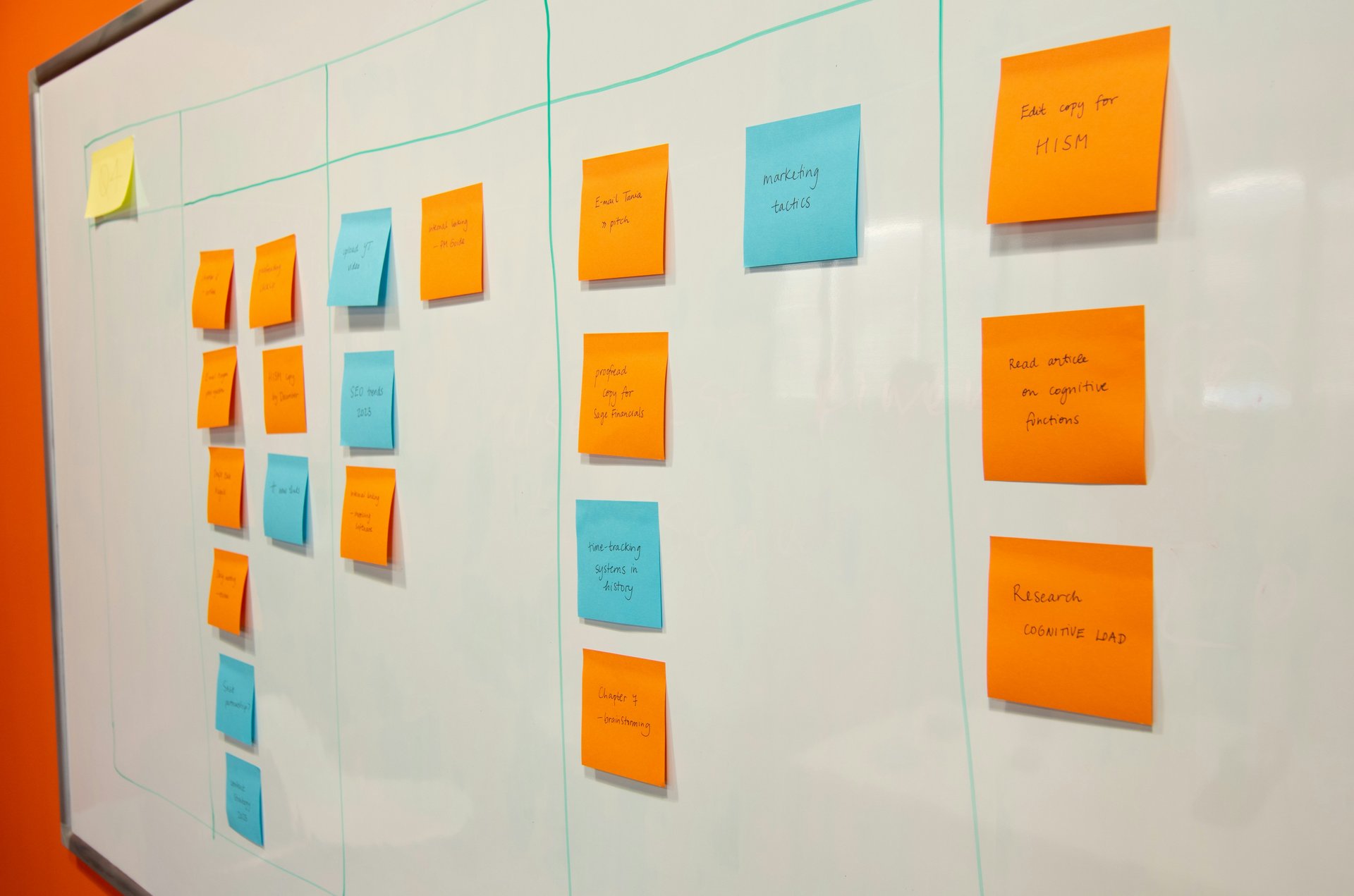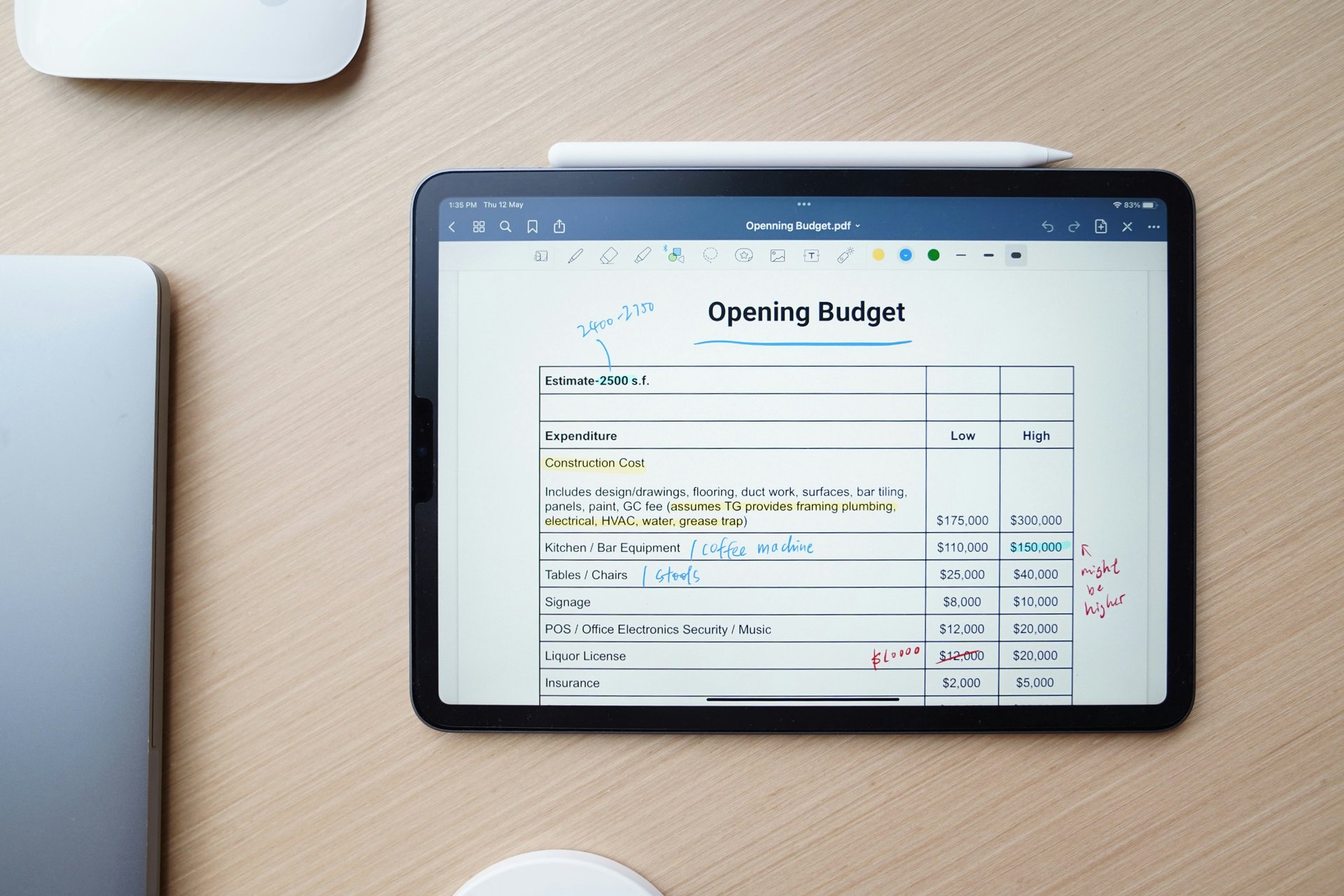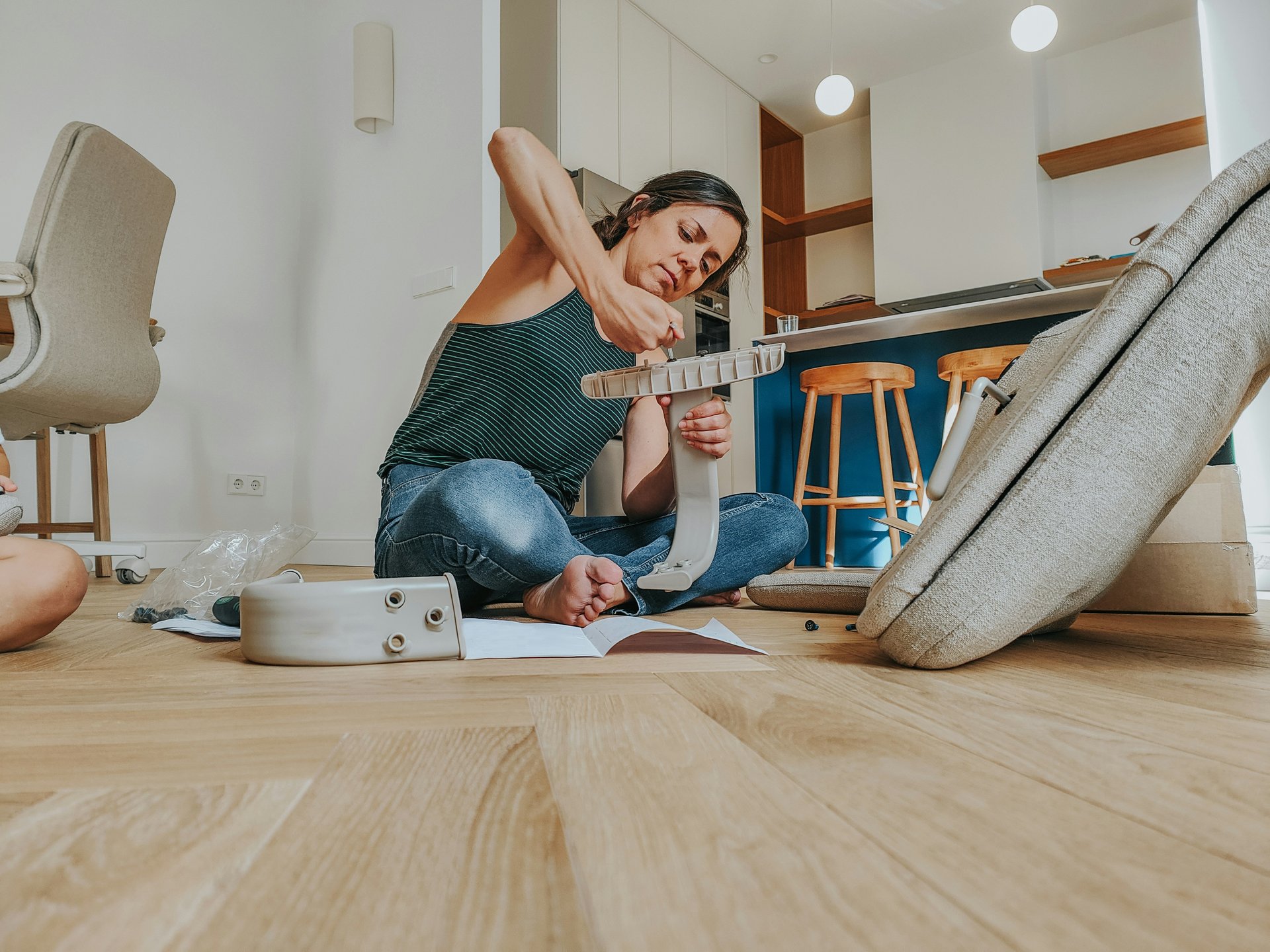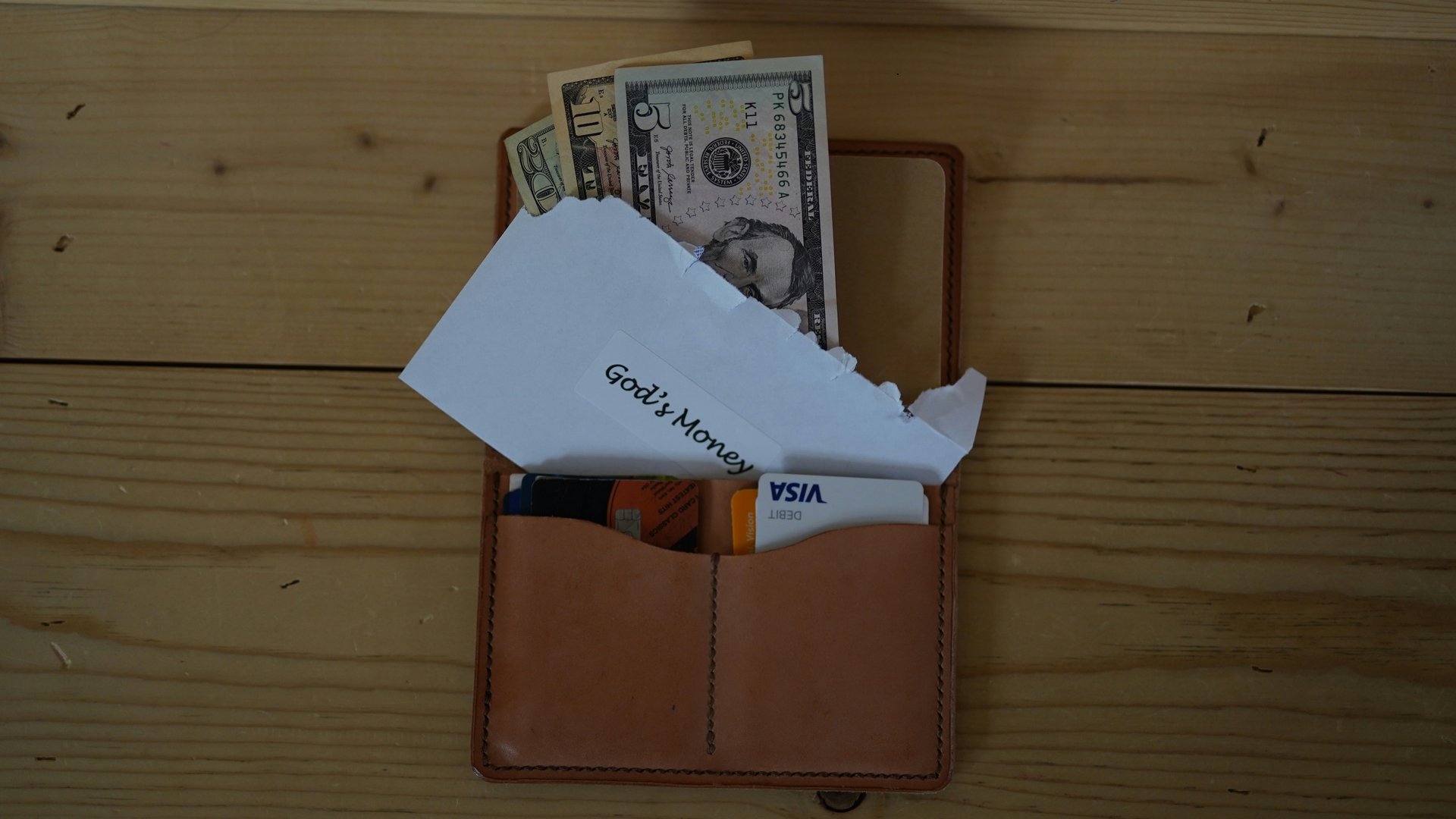7 budgeting hacks for DIY projects
How to plan so you can afford projects from start to finish

Tackling a DIY project can be incredibly satisfying — until your wallet starts to feel the heat. Whether building a backyard deck, upgrading your kitchen backsplash, refinishing furniture, or finally turning that spare bedroom into a home office, every project needs more than just elbow grease.
DIY projects require a solid plan, starting with a budget that usually depends on disposable income savings, which currently has an average of 4.9% across the U.S. Without careful planning, DIY expenses can quickly spiral beyond what’s manageable.
At the same time, about 29% of Americans are facing unmanageable levels of debt, making careful financial planning even more crucial. Compare prices, prioritize essentials and know precisely how far your money will stretch. You’ll most likely finish what you started without overspending or cutting corners. Perhaps most importantly, you reduce those stressful, middle-of-the-project surprises — like realizing you’re out of money just when it’s time to buy the finishing hardware. When you take time to budget upfront, you make smarter choices from the beginning while leaving funds to pay for essentials instead of plugging everything into your project.
On the flip side, winging it almost always leads to overspending. That $200 “quick update” turns into a $600 scramble once you factor in the tools you didn’t plan for, materials you forgot to measure, or emergency runs to the hardware store because the first batch of paint didn’t cover as much as you thought. A good budget doesn’t take the fun out of DIY. It gives you the freedom to stay in control, make confident decisions, and actually finish the project without resentment. So, before you pick up a hammer or click “add to cart,” take a few minutes and set a smart spending strategy. Your future self will thank you.
2 / 8
Start with a “real” budget

Towfiqu barbhuiya / Unsplash
It’s easy to write down your dream numbers — until you hit actual prices. Instead of budgeting based on best-case deals, base it on realistic, current market rates. Look up local costs, factor in taxes and delivery fees, and give yourself a top-end number to stay under. A real budget keeps your expectations and spending grounded.
An “on-paper” budget is the final deciding factor on whether you can do a project now affordably or you should wait and save more.
3 / 8
Plan in full before you shop

Brett Jordan / Unsplash
Before grabbing your car keys or filling your online shopping cart, map out the entire project. List materials, tools, quantities, and timelines — don’t guess. This prevents impulse buys and repeat trips, which blow budgets fast. Planning also helps you bundle purchases, find deals, and avoid last-minute splurges when you realize you forgot something essential.
4 / 8
Execute in phases

Paymo / Unsplash
Not every project has to happen all at once. Breaking your DIY into smaller phases lets you pace your spending and avoid debt. Tackle the must-haves, like structure or foundation work, and then move to finishing touches later. Phased execution makes larger projects less overwhelming and helps you adapt your budget if unexpected costs arise.
5 / 8
Reclaim, reuse, and recycle

d c (@dayooo)| Unsplash
You’d be amazed at what you can find secondhand. Facebook Marketplace, Craigslist, Habitat ReStores, and local buy-nothing groups are goldmines for discounted or free materials. Reclaimed wood, leftover paint, or gently used tools save money and give your project character. As a bonus, they're more sustainable and often of better quality than what’s sold new.
6 / 8
Build a dedicated spreadsheet or table

GoodNotes 5 | Unsplash
A spreadsheet might not be the glamorous part of DIY, but it’s one of your most powerful tools. Track every purchase, return, quote, and budget category. Seeing your spending in real time keeps you accountable, helps you catch overages early, and shows where you can trim future costs.
7 / 8
Know when to DIY and when to outsource

OPPO Find X5 Pro | Unsplash
You can learn almost anything from YouTube, but should you? Know your limits. Are you painting your room? Sure. Will you be installing complex wiring or structural support? That’s probably best left to the pros. Hiring a contractor for high-risk steps can save you thousands in redo’s and repairs. Be honest about your skills and budget for expert help when it matters. It’s a smart move, not a failure.
8 / 8
Add a contingency buffer

Chad George | Unsplash
Things rarely go absolutely perfectly from start to finish. Issues crop up, like materials costing more, a part breaking, or you spilling paint on a rug. That’s why you need a 20% buffer built into your budget from the beginning. It gives you breathing room for unexpected expenses without derailing your entire plan. Even if you don’t use it, it’s nice to know it’s there if you need it.
